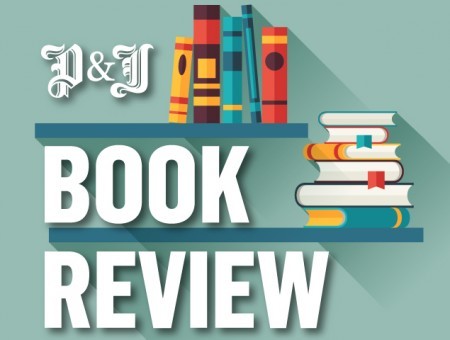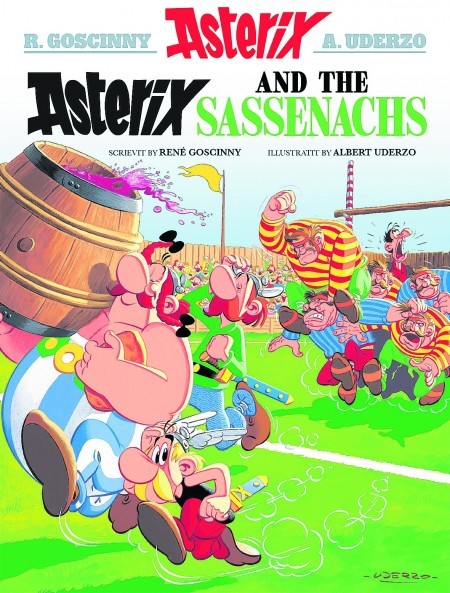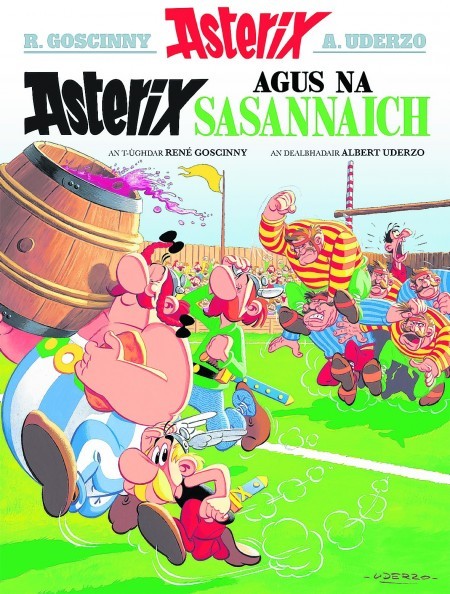Paperbacks by Dalen Books, £7.99
Asterix the Gaul, the world-famous invincible warrior from Roman times, finds himself having a bit of fun at English expense in new Scottish versions of one of his most popular adventures – Asterix and the Sassenachs and a Gaelic version, Asterix agus na Sasannaich.
Asterix in Britain appeared in its original French incarnation in 1966, followed by an English translation in 1970 which carried an “apology” from authors Goscinny and Uderzo for poking fun at the British. Their French perspective of the British was an a very clichéd English one, with those perfidious inhabitants of Albion talking in a very refined way, drinking tea at five o’clock, and keeping a stiff upper-lip.
When Dalen Books, the publishers of Asterix in Scots, Gaelic, Irish and Welsh, began preparing the ‘Celtic’ editions of Asterix in Britain, they had plenty of scope to inject some extra humour into their translations with some friendly leg-pulling, teasing and a nod to national rivalry.
Matthew Fitt, translator of Asterix into Scots, said: “As we look down south at our neighbours in England, there’s so much we have in common but so many differences too. The picture of the Britons, hilariously portrayed by authors Goscinny and Uderzo, is so English that the adventure’s title in Scots just had to be Asterix and the Sassenachs!”
Asterix and the Sassenachs – and its Gaelic counterpart Asterix agus na Sasannaich – tells the story of a plucky village of stiff-upper lipped Sassenachs resisting Julius Caesar’s advance through Britain. As Asterix and his compatriots manage to keep the Romans at bay thanks to their druid’s magic potion, the Sassenachs ask the Gauls for help – but although Asterix and his tribe agree to share their secret weapon with the Sassenachs, it’s a cup of tea that eventually saves the day.
Although the Sassenachs supposedly didn’t reach Britain until well after the Romans left, Asterix is a series which takes some liberties with historical fact, using the two thousand year gap between the time of the Roman Empire and the present day to great comedic effect.
“In Asterix and the Sassenachs we’ve managed to include a few additional puns which reflect the relationship we have in Scotland with our English friends,” said Matthew Fitt.
“There are references to North Sea oil, the reluctance of many down south to accept Scottish banknotes, and (considering the adventure is set in an age where names ended with –ax) a reference to Scotland’s youngest MP – we’ve named one of the Caledonian warriors Mhairiblax. Asterix is very much a David and Goliath series, where the underdog gets one up on the big boys.”
The Gaelic edition of the book has been translated by Raghnaid Sandilands. She said: “There’s an old adage which says something always gets lost in translation, but with Asterix there’s also something that can be gained.
“When we prepare our translations there’s an express requirement for us to inject as much as possible of our own Gaelic culture, gags and wordplay into the text, whilst keeping to the spirit of the original French versions. I like to think that Asterix the Gaul has made himself very much at home as Asterix the Gael, and that readers feel the books flow like original pieces of Gaelic writing.”


